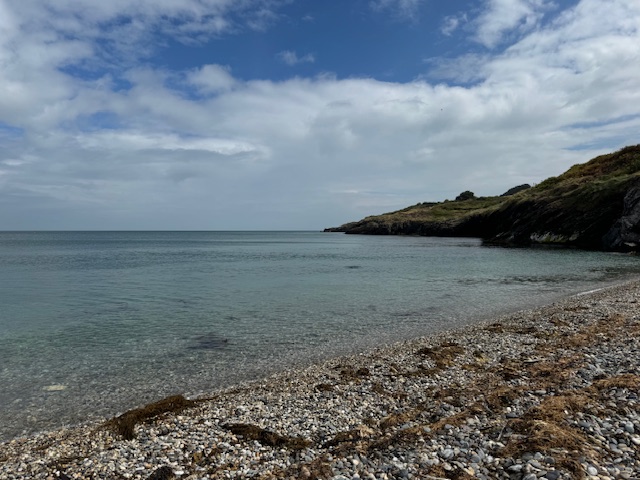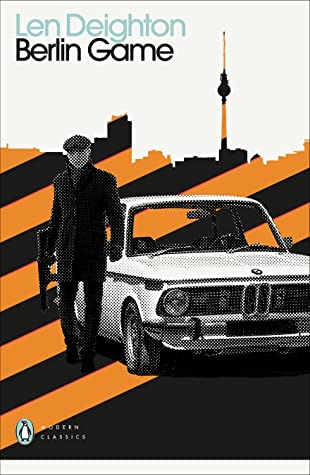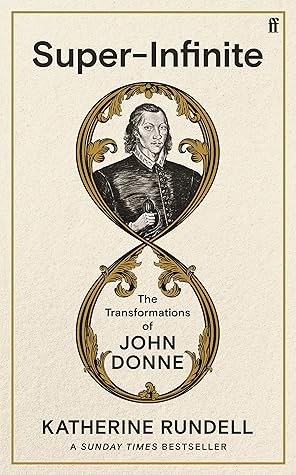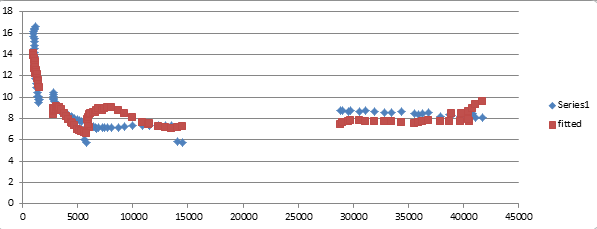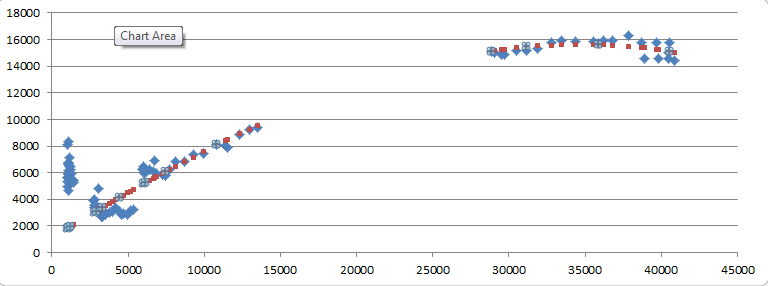Upon hearing the news that the French journalist Natacha Rey was cleared by a French court of defamation in her case against Brigitte Macron, I was prompted to consider the consequences. To be clear, Rey’s claims about France’s first lady are spectacular and scandalous: that ‘she’ is in fact a man, most likely ‘her’ own brother Jean-Michel Trogneux, and therefore that Emmanuel Macron has been duping the French public and the world for nigh on a lifetime.
To be even more clear, I am agnostic on the substance of these charges. If true, I’m not even sure I attach all that much significance to it – I have always held that public figures should be judged for their public actions, not their private ones.
But none of that is the point, because my views are not what matters. What matters is that, under normal circumstances, this should be the Scandal of the Century. After all, it appears that the French voters were lied to. It also raises important questions about issues of state – who has what kompromat behind this salacious truth? Every newspaper, every television, every corner of the Assemblée Nationale should be abuzz with the controversy. Rightly or wrongly, pressure should be mounting on Brigitte Macron to take whatever simple and obvious steps could be taken to dispel this ‘fake news’. (Of course, if that were possible, one must assume her legal team would already have presented that evidence to the Court, and the defamation case would have been won against Rey).
So the real question is not whether Brigitte Macron is the same person as Jean-Michel Trogneux. It is why, in the face of relatively strong evidence that this might well be the case, widespread public awareness is not triggering any political immune response. We appear to have moved beyond the point where the system is capable of focusing enough outrage over issues that in the past, would have constituted major scandals.
Brigitte-gate is not even the most egregious example of this. Take the issue of lab leak. Whatever one still thinks about the Covid ‘vaxxines’, there is now virtually no serious disagreement – neither in scientific circles nor in the public at large – over how this virus came to be: Taxpayer-funded research networks, most likely linked to bioweapons programmes, gave money to a lab in Wuhan China to carry out gain-of-function research on a bat coronavirus. Some variant escaped and became SARS-2, spread across the planet and killed millions of people.
At this stage everyone knows this is what happened. But once again, the outrage is missing. Not only have the authors of this human catastrophe not been held to account, they are in fact still receiving taxpayer funding to carry out more of the same kind of deadly research. When I wrote a fictional book about a 2020 virus, back in 2015, this is the thing I got most wrong. In The Hydra, the outrage is a key theme – it topples governments, it motivates vast public interest, it moves the plot along, in fact. But I wrote that book at a time and in a world where tectonic events caused political earthquakes.
Nor is Covid even the most egregious example. We now live in a world where, not only do we passively watch a genocide unfold using weapons we have paid for, but when the author of that genocide nominates his principle weapons supplier and financial backer for a Nobel Peace Prize, barely anyone blinks. We sit dumbly and shrug as that same weapons supplier flatly tells us that although Ghislaine Maxwell was guilty of five counts of sex trafficking, she trafficked those children to no one at all. Kash Patel’s team didn’t even bother to edit the time stamps for the missing minute in the surveillance video tape of when Jeffrey Epstein was murdered (something I could have done with Adobe After Effects and a few days of careful work).
This kind of political numbness is not new. We saw a similar relationship between demos and veritas among the citizenry of the Soviet Union. A sort of cynical acceptance of the complete disconnect between official narratives and the quietly understood reality of everyday people, best encapsulated in the quip: They pretend to pay us, we pretend to work.
It would be foolish to believe this is harmless. If nothing else, it speaks of a dangerous apathy among the masses that threatens the pluralist roots of our society, and breeds a culture of impunity among those in power. At its worst, it leaves us defenseless against corrosive influences. After all, biological creatures have immune responses for a reason – to warn us of when destructive pathogens have penetrated our systems, and then to mount a defense.
If we’re not careful, we might end up in a situation where one of the world’s nuclear powers is ruled by a man who, at age 39, sexually preyed on a 15 year old boy, while pretending to be a woman.




